In the current trend of home decoration, the bathroom has gradually evolved from a single functional area to a significant space that reflects the quality of life and aesthetic style. As one of the core furniture in the bathroom, the bathroom vanity not only serves the functions of storage and grooming, but also largely determines the overall style and space utilisation. In recent years, freestanding bathroom vanities have become a popular choice for many home renovation projects.
According to the "2024 Bathroom Design Trends Report" released by the National Kitchen and Bath Association (NKBA) in the United States, over 55% of bathroom renovations in small and medium-sized residences have chosen independent bathroom cabinets. The continuous increase in this proportion reflects the market's recognition of this design form. However, at the same time, designers and consumers also point out that although a freestanding bathroom vanity has unique advantages, it is not without its flaws.
This article will comprehensively examine the advantages and disadvantages of this bathroom furniture in terms of decoration from four perspectives: industry background, advantages analysis, potential shortcomings, and design and consumption trends.
1、The industry background behind the rise of the Freestanding Bath Vanity
Bathroom cabinets can be roughly divided into two categories: freestanding and floating. Compared to hanging bathroom cabinets that emphasise modernity and minimalism, freestanding designs continue the traditional sense of stability and are more mature in terms of functionality.
With the diversification of decorative needs, more and more families are seeking solutions that balance aesthetics and storage. Especially in cases of secondary renovation or limited budget, independent bathroom cabinets have gradually become one of the mainstream choices due to their convenient installation, diverse styles, and wide price range.
2、The advantages of a Freestanding Bath Vanity
1. Flexible installation, independent of load-bearing walls
The most significant advantage of a standalone bathroom cabinet is its ease of installation. It can be placed like ordinary furniture, typically only requiring a fixed drainage pipe to be installed. This is particularly important for the renovation of old houses or spaces where the load-bearing capacity of the walls is insufficient, thereby avoiding the need for additional engineering during suspended installation.
2. Adequate storage space
Most freestanding bathroom cabinets are designed with fully enclosed bases, featuring drawers, shelves, or partitioned storage compartments that can accommodate towels, toiletries, and even cleaning tools. For households with high storage needs, this type of bathroom cabinet is more practical than a suspended one.
3. Rich selection of styles and materials
Whether it's solid wood, composite panels, or modern glass and metal accents, freestanding bathroom cabinets are available in a variety of suitable designs. Consumers can flexibly choose between traditional, transitional, or modern series based on the bathroom style.
4. Wide cost range, adaptable to different budgets
From basic models priced at a few hundred dollars to high-end, customised models priced at thousands of dollars, independent bathroom cabinets cater to different levels of consumer demand. This flexibility makes it more competitive in the market.
5. Stronger stability
Due to their contact with the ground, freestanding bathroom cabinets are often more stable than suspended ones and are less likely to loosen, even during long-term use or the placement of heavy objects.
6. Easy to replace and upgrade
During the renovation process, independent bathroom cabinets can be replaced at any time, like furniture, without involving large-scale wall drilling or reinforcement projects. For families with future renovation plans, this is a significant advantage.
3、Shortcomings of Freestanding Bath Vanity
1. Large footprint
A standalone bathroom cabinet that directly touches the floor will visually appear more bulky than a suspended one, and will also reduce the visible area of the bathroom floor, making the space seem more compact. For small, minimalist-style bathrooms, this may be a burden.
2. Increased difficulty in cleaning
The base is connected to the ground, which avoids the "dead corners" under the suspended structure; however, it is prone to water or dust accumulation in humid environments. Cleaning may require more energy.
3. Lack of flexibility
Hanging bathroom cabinets can be adjusted in height to accommodate the varying height needs of different users, whereas standalone products often have a fixed height and limited options for customisation.
4. Impact on spatial perception
In modern bathroom design, openness and transparency have become popular trends. The heavy appearance of freestanding bathroom cabinets may visually diminish this effect.
5. Durability test in humid environments
Although many manufacturers use moisture-proof treatments, improper material selection can cause the base of the independent bathroom cabinet to deform or become mouldy due to prolonged exposure to moisture.

4、Industry and Consumer Perspectives
Many designers have mentioned in media interviews that the most significant value of freestanding bathroom cabinets lies in their "universality". It can meet storage needs and also accommodate most decorating budgets. In the Houzz 2024 bathroom survey, over 60% of respondents stated that they chose a freestanding bathroom cabinet because it was "easier to find a design that matches the overall style.
However, some users have reported that using freestanding bathroom cabinets in small bathrooms can indeed cause a sense of crowding. The designer suggests that for small bathrooms with an area of less than 40 square feet, compact or shallow-depth products can be considered to balance storage and space.
5、Future Trends and Prospects
From the perspective of industry trends, independent bathroom cabinets will continue to maintain a stable market share. On the one hand, manufacturers are addressing durability issues by utilising new materials and implementing moisture-resistant processes. On the other hand, the design is also evolving towards lightness and minimalist lines to cater to modern consumers' pursuit of a "spatial sense".
In addition, freestanding bathroom cabinets with built-in lighting, USB ports, and intelligent storage design are gradually becoming mainstream. This means that it is not just traditional furniture, but a part of the smart home system.
6、Conclusion
Overall, freestanding bathroom luxury has both practical and aesthetic advantages, as well as shortcomings in space occupation and cleanliness. In bathroom renovation, it is very suitable for households with medium to large spaces, high storage needs, and flexible budgets. For small spaces or minimalist design projects, it is necessary to carefully balance their heaviness and functionality.
In the coming years, with the continuous advancement of design technology and materials, freestanding bathroom cabinets are expected to maintain their mainstream position in the market, bringing more possibilities to bathroom decoration through innovations in intelligence and lightweight design.

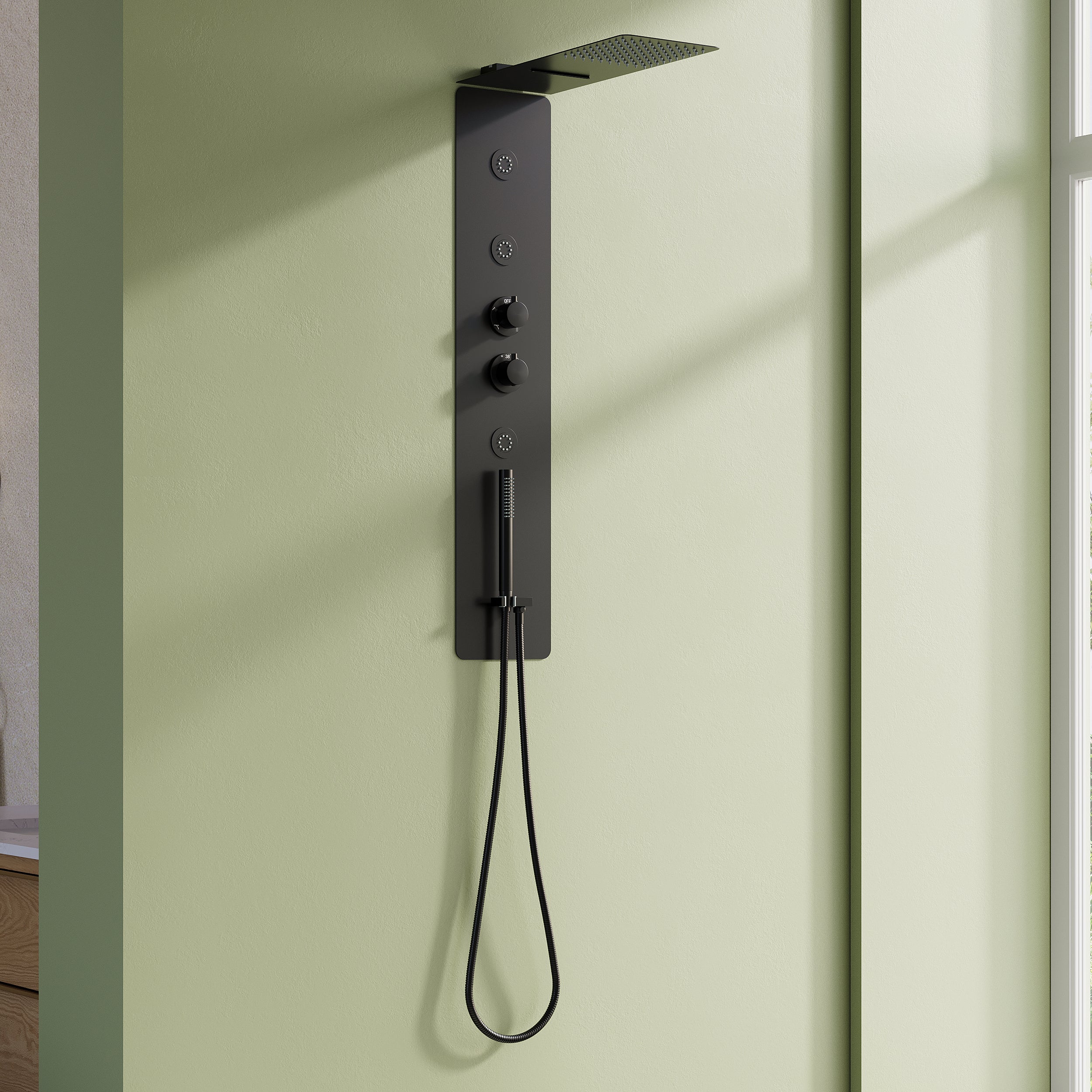









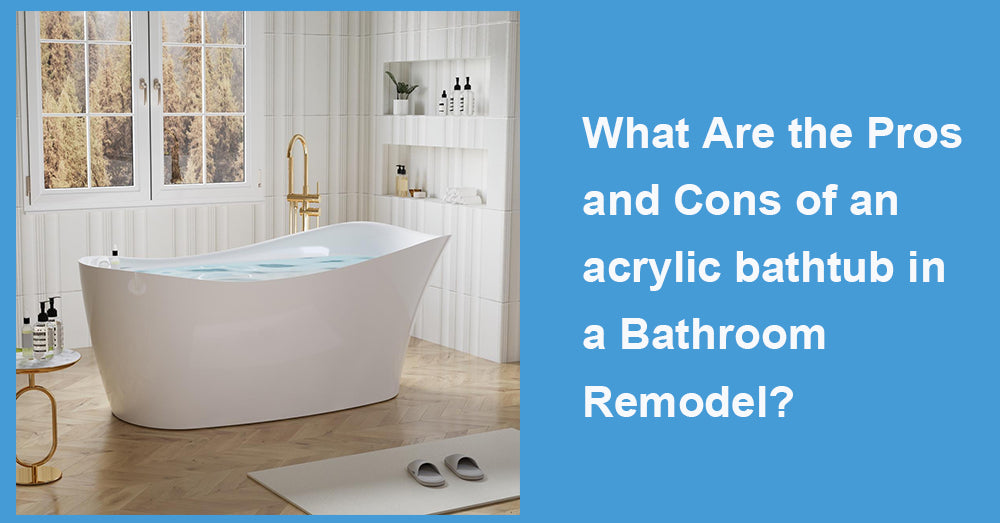
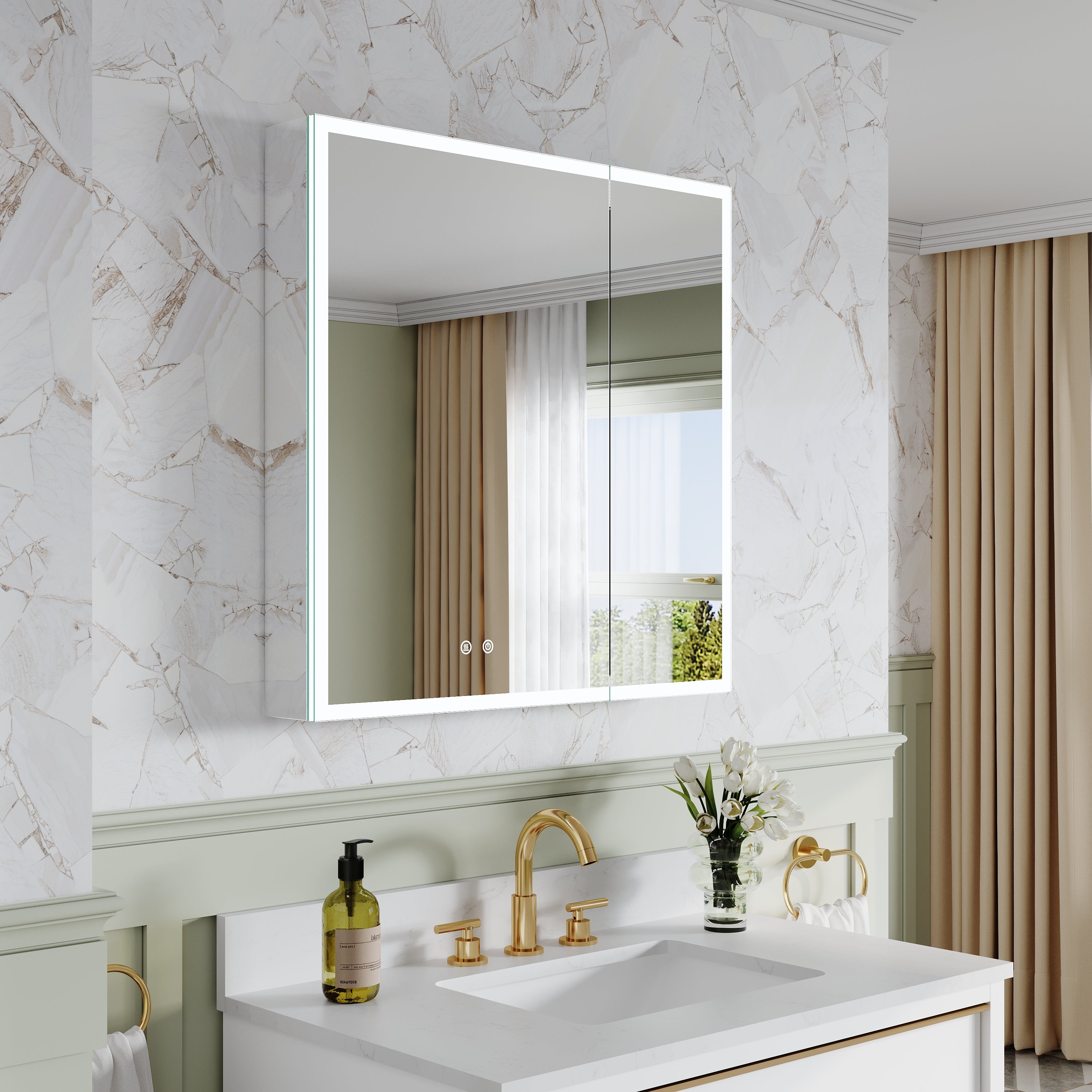
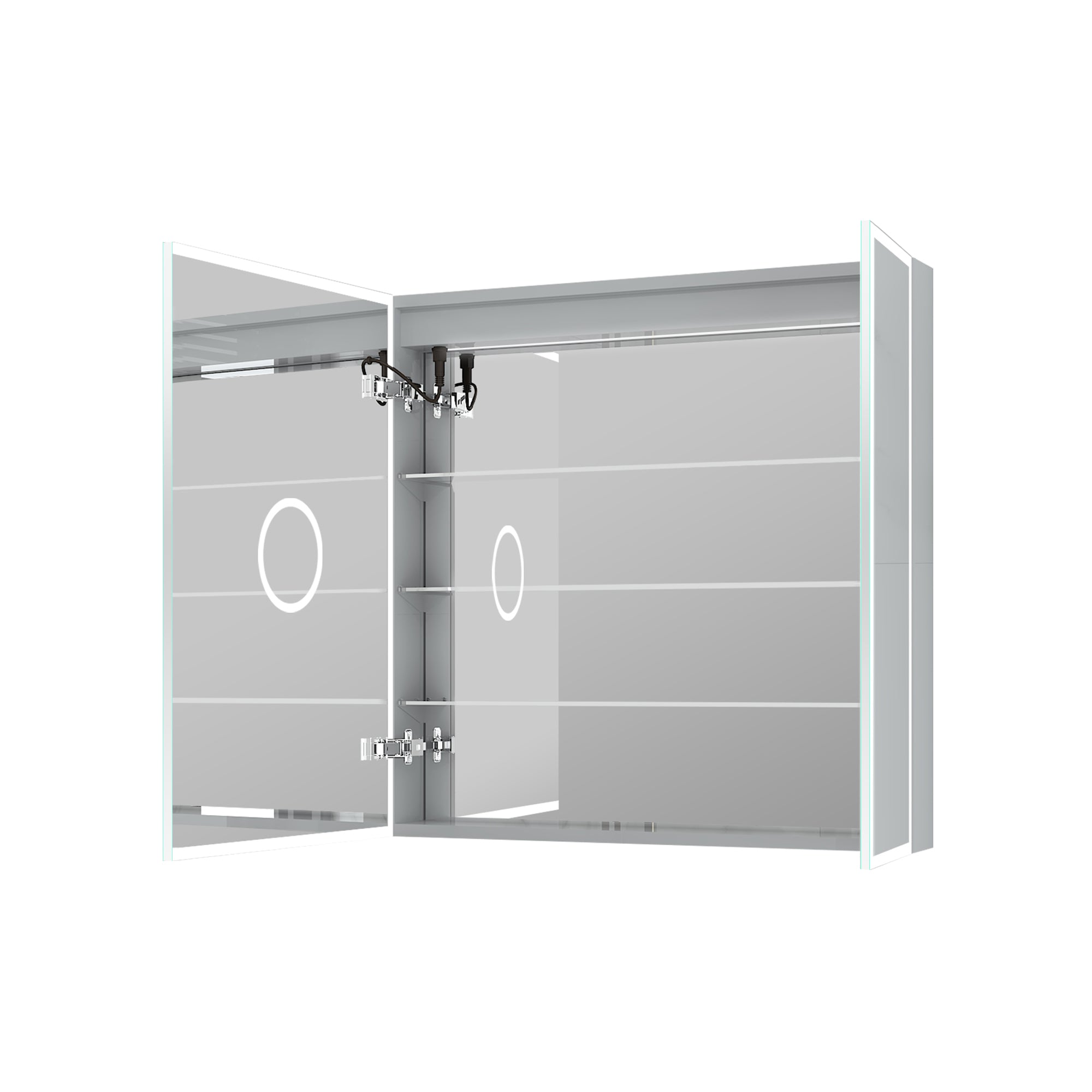
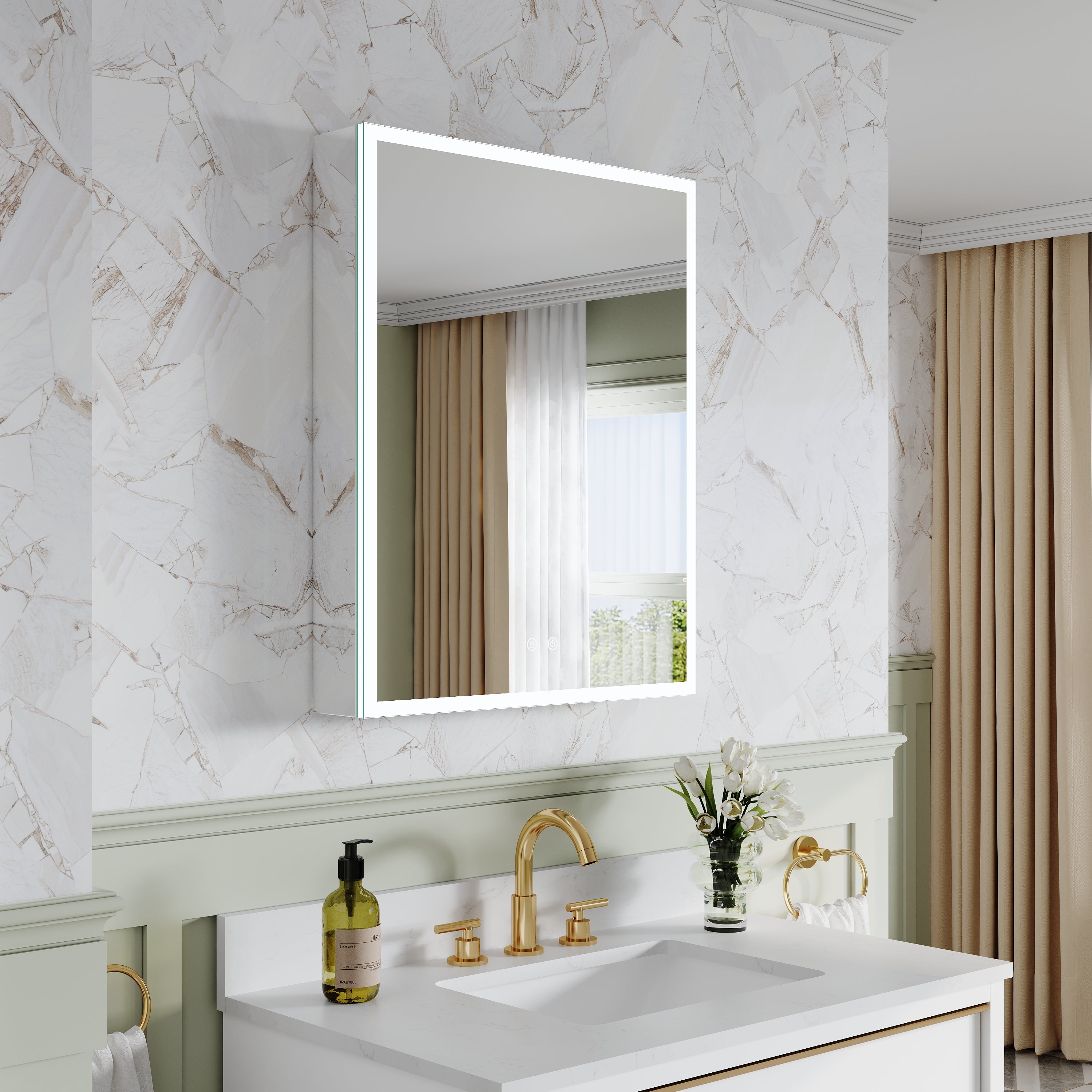
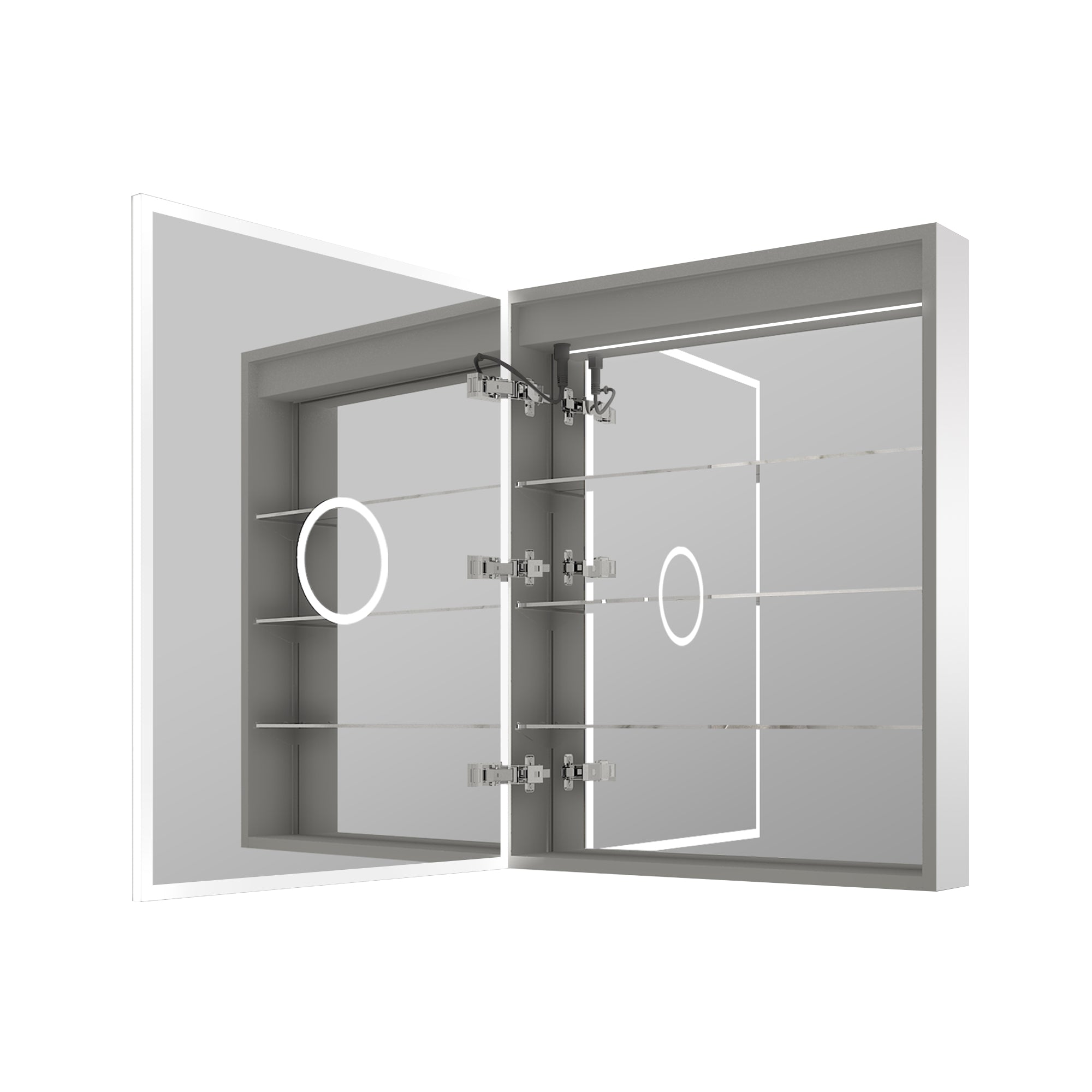
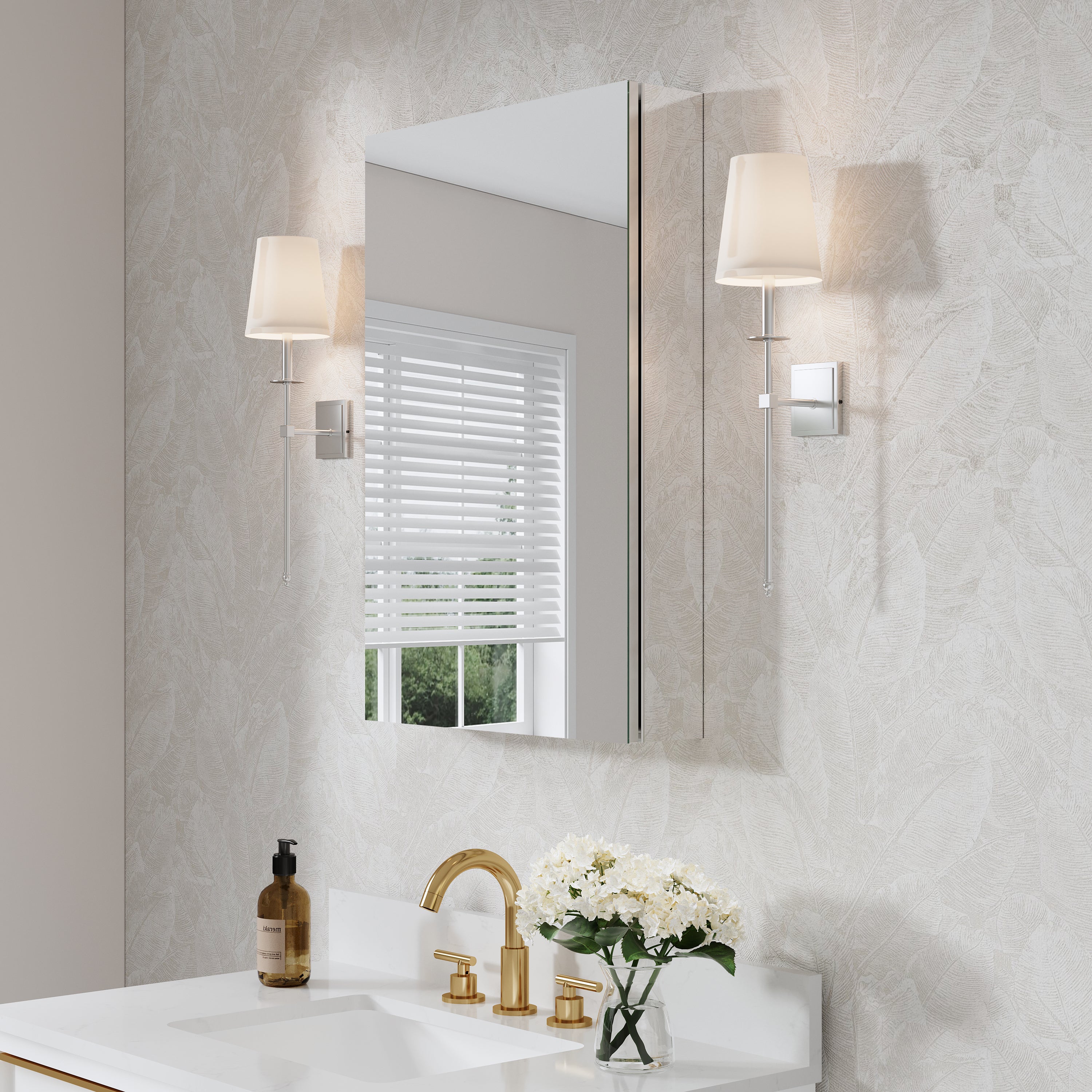
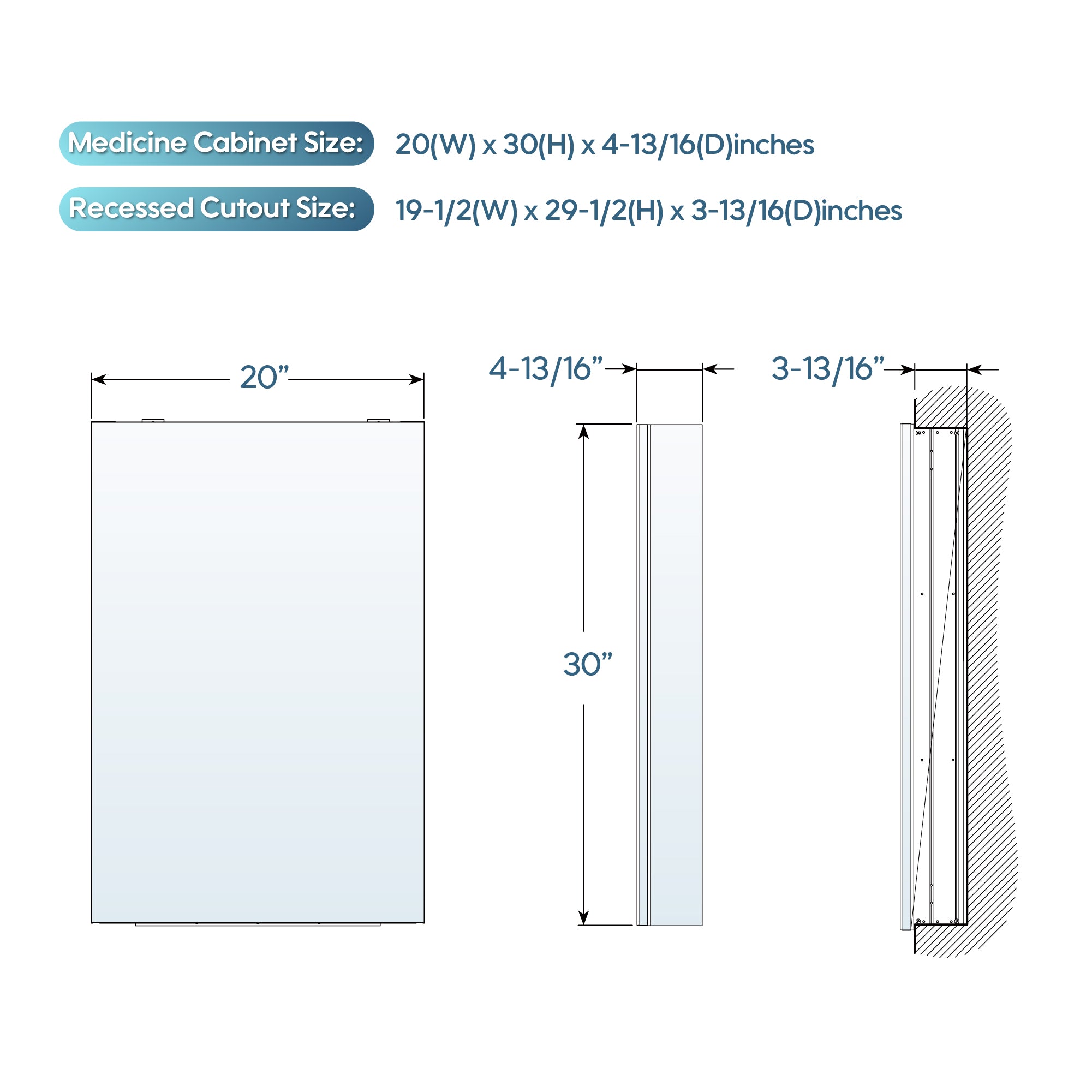
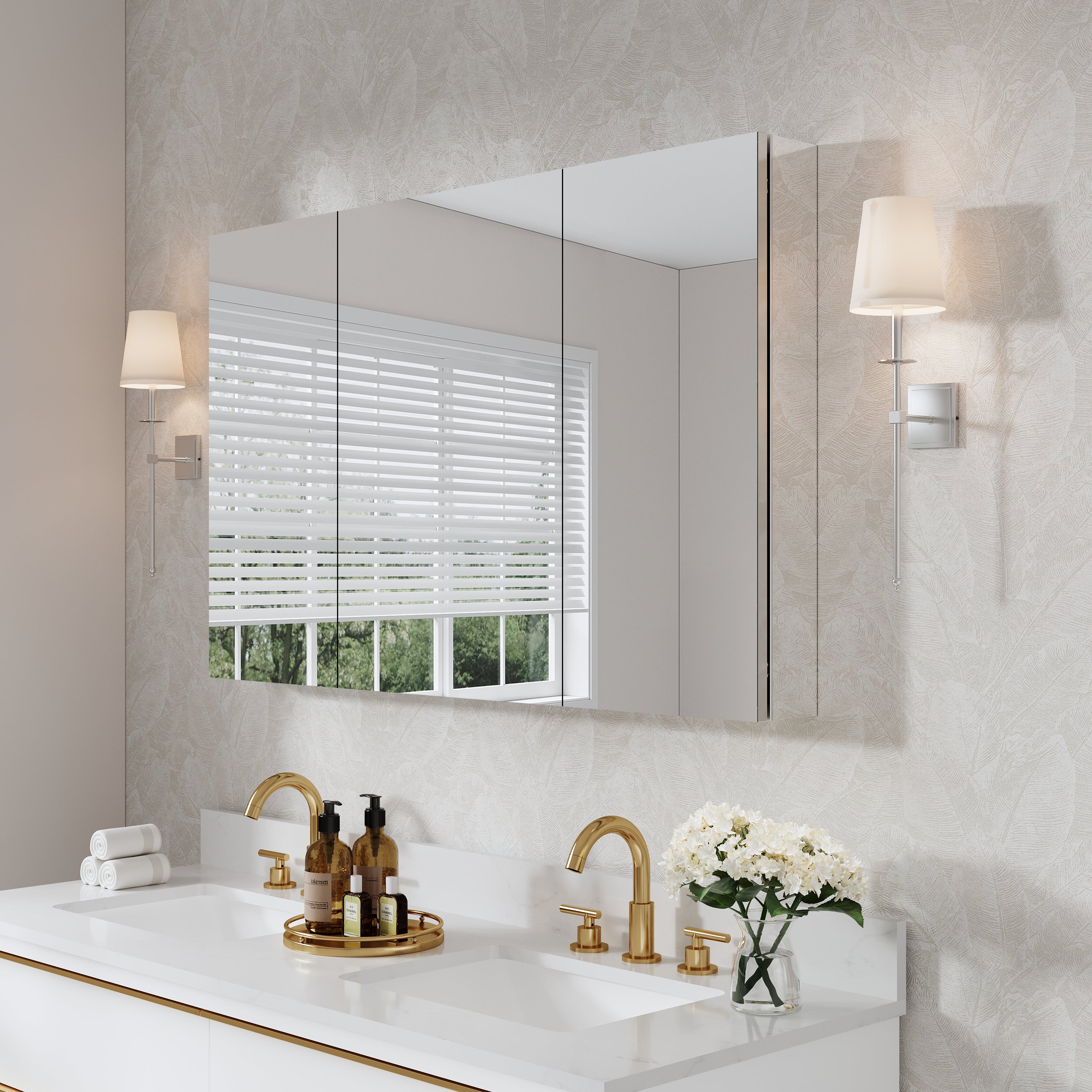
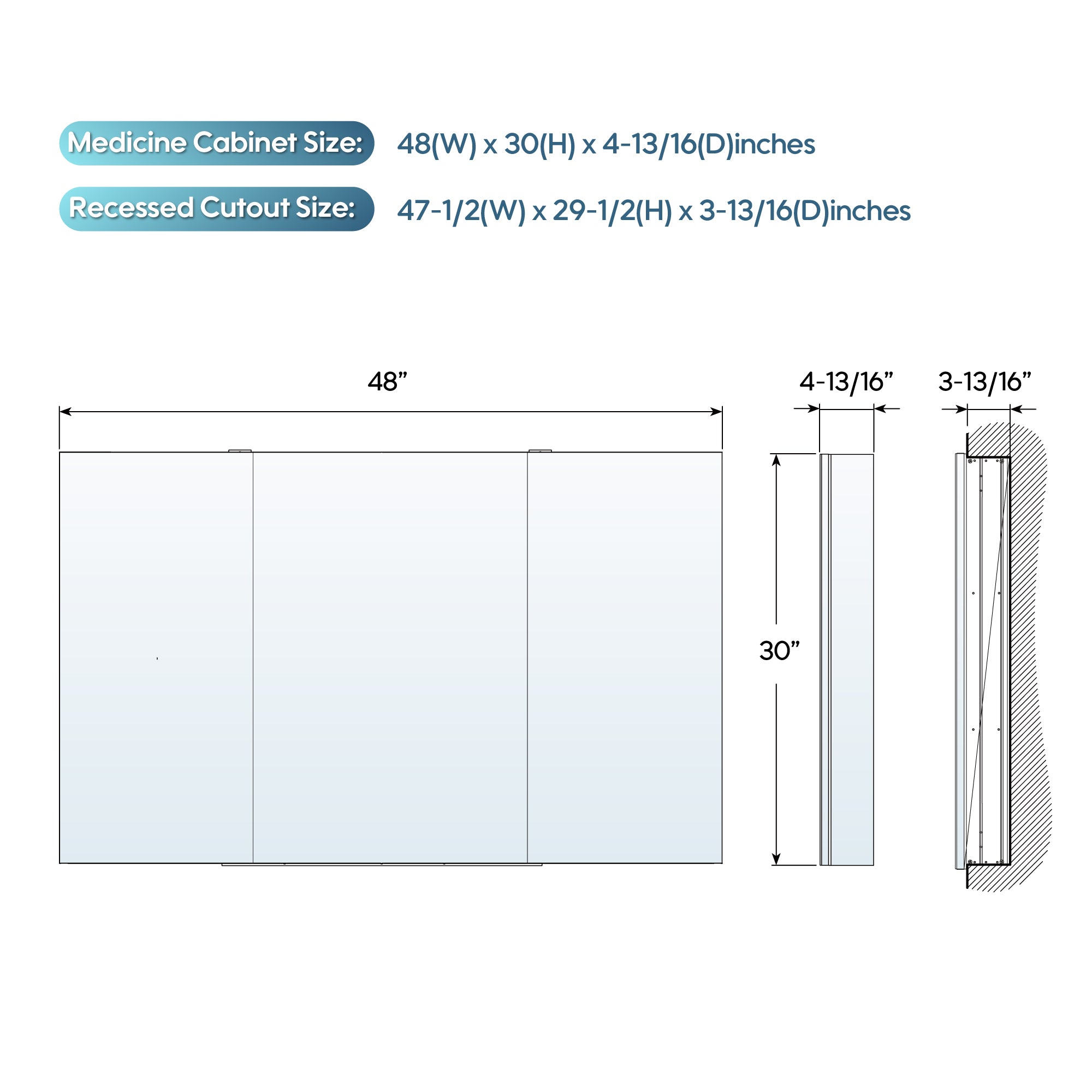
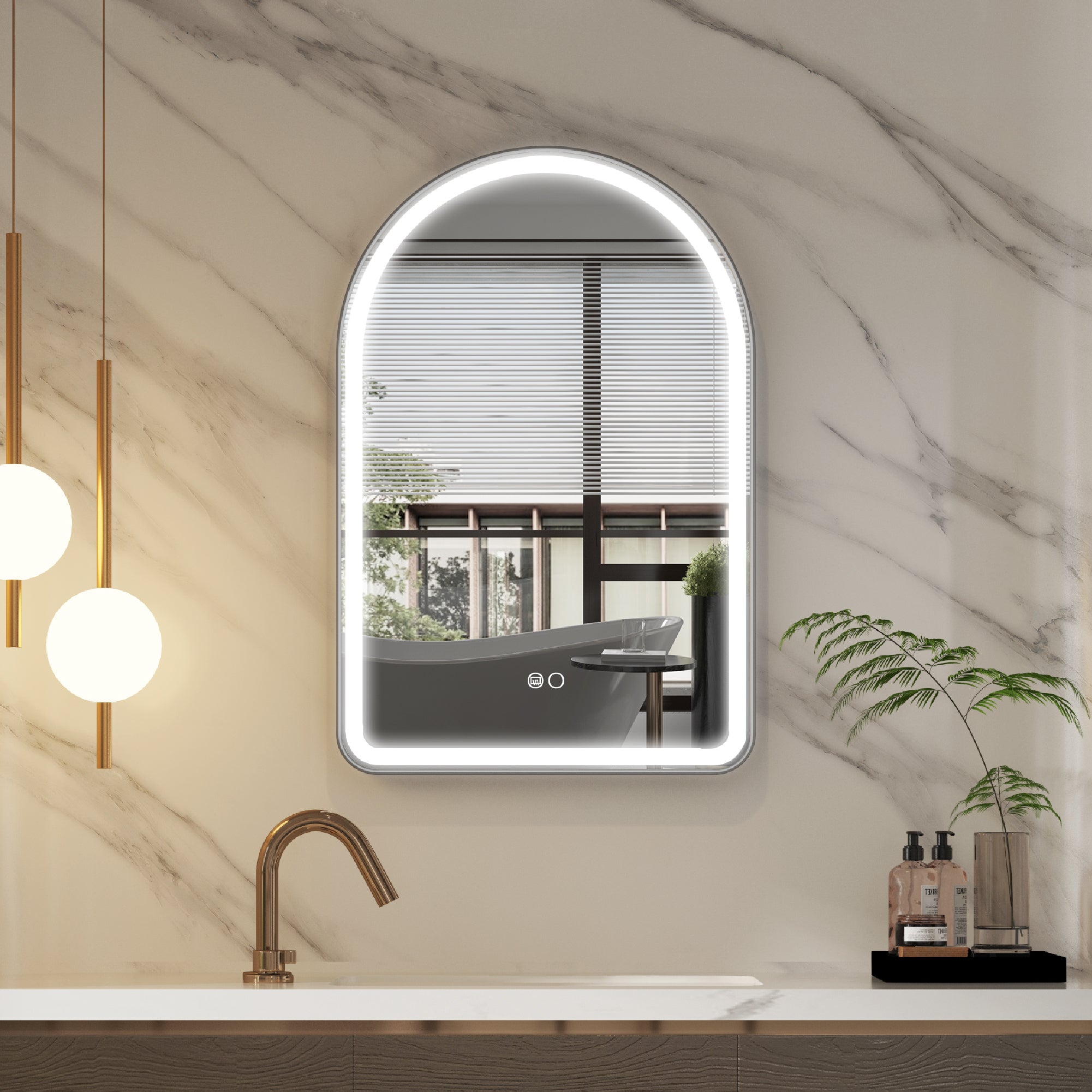
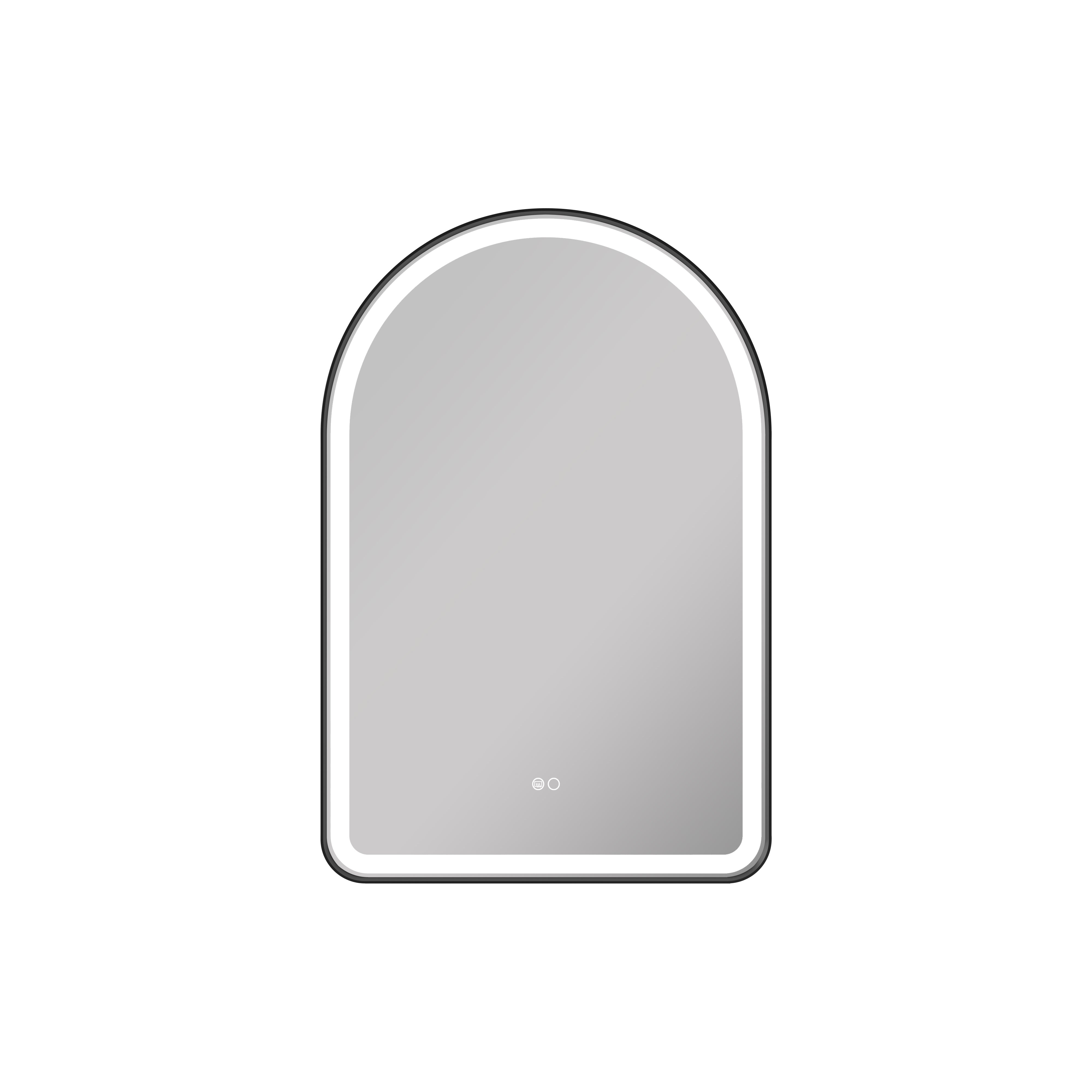


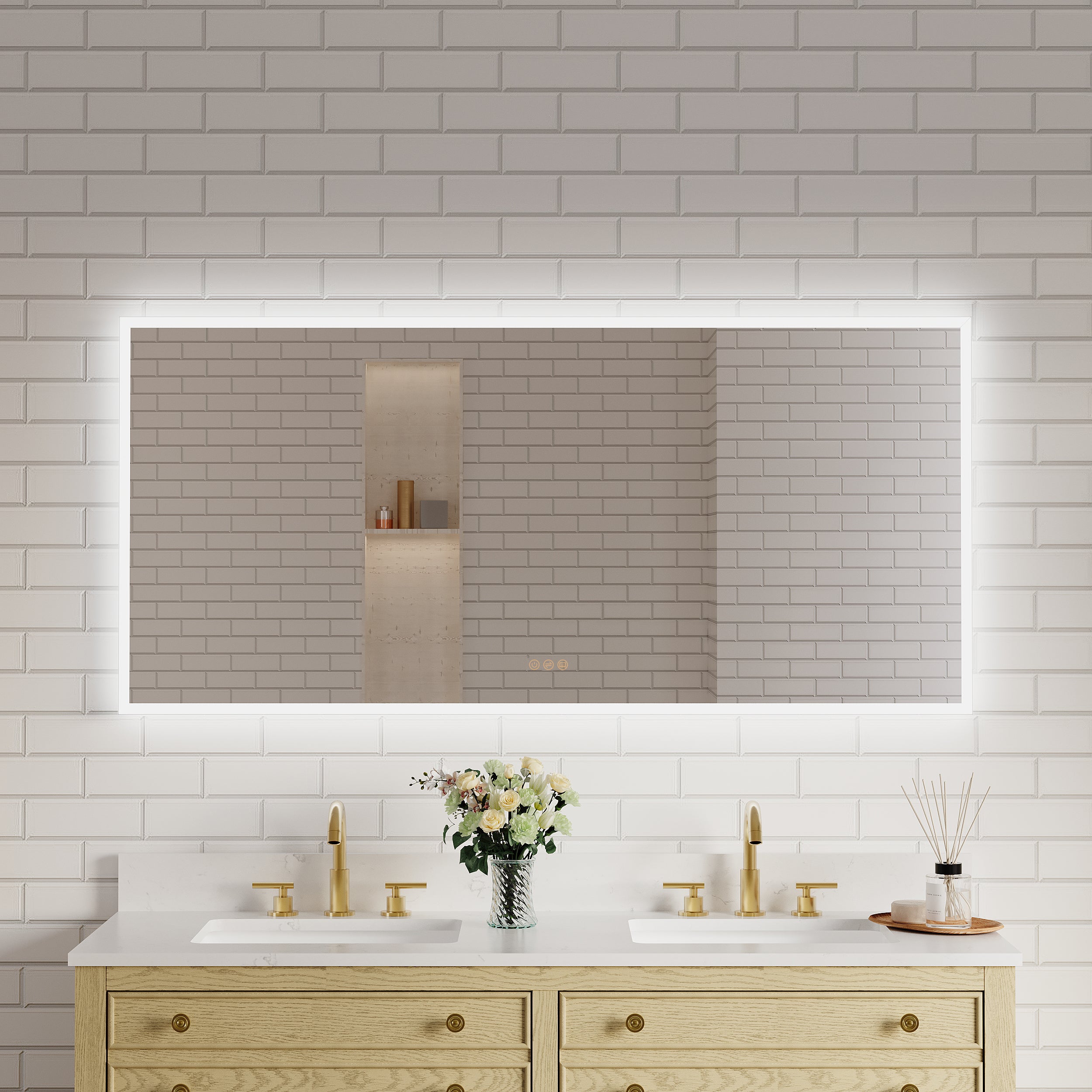

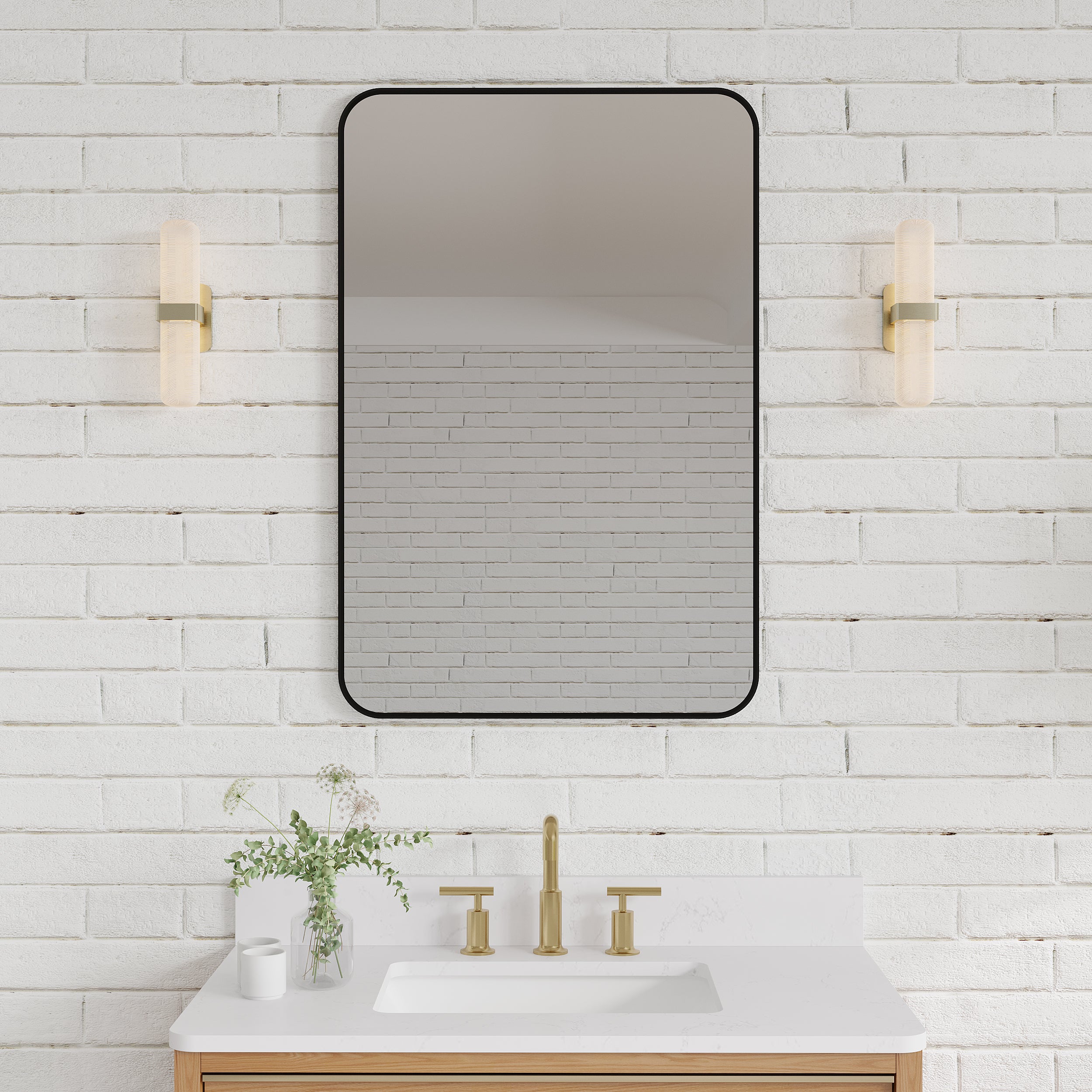

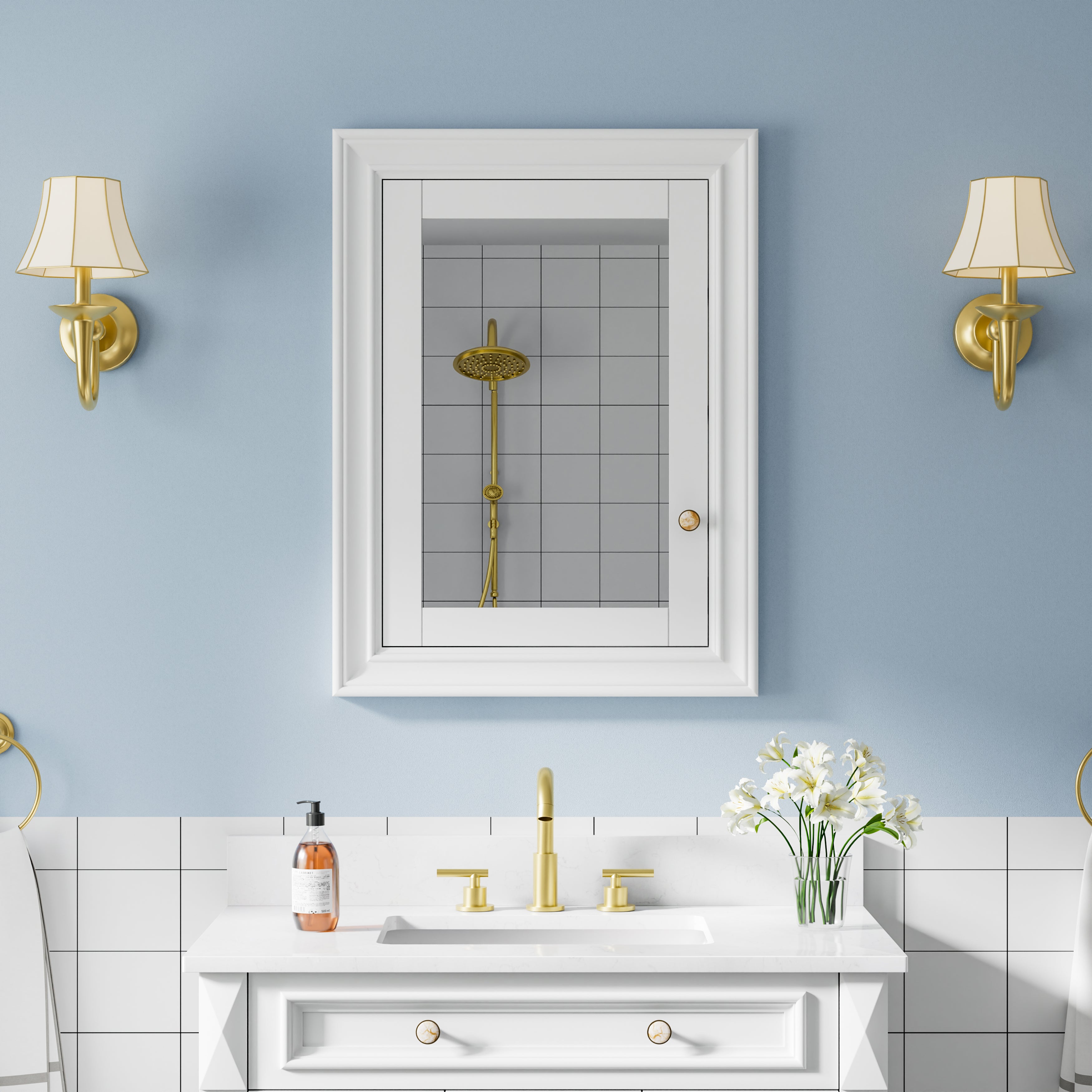
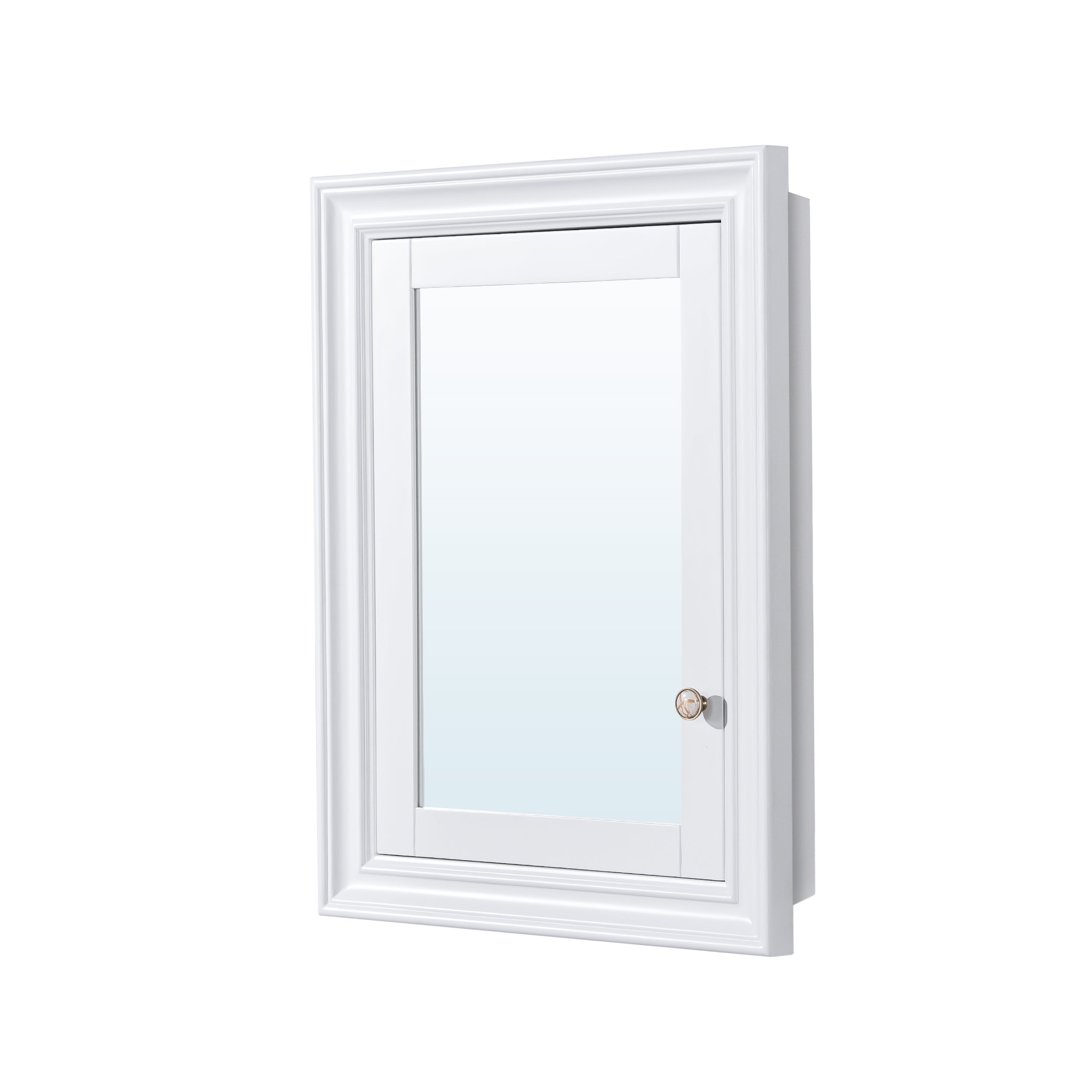










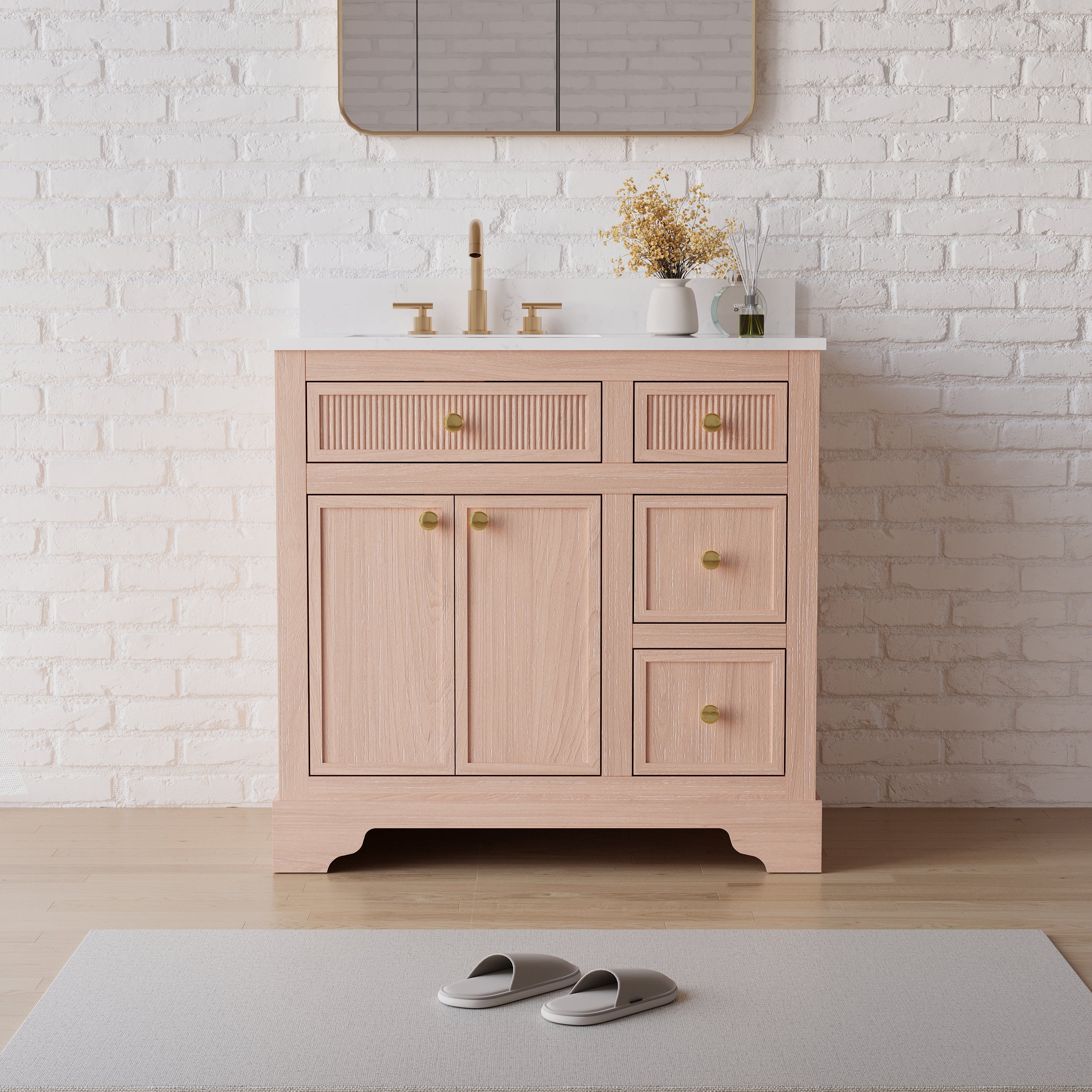
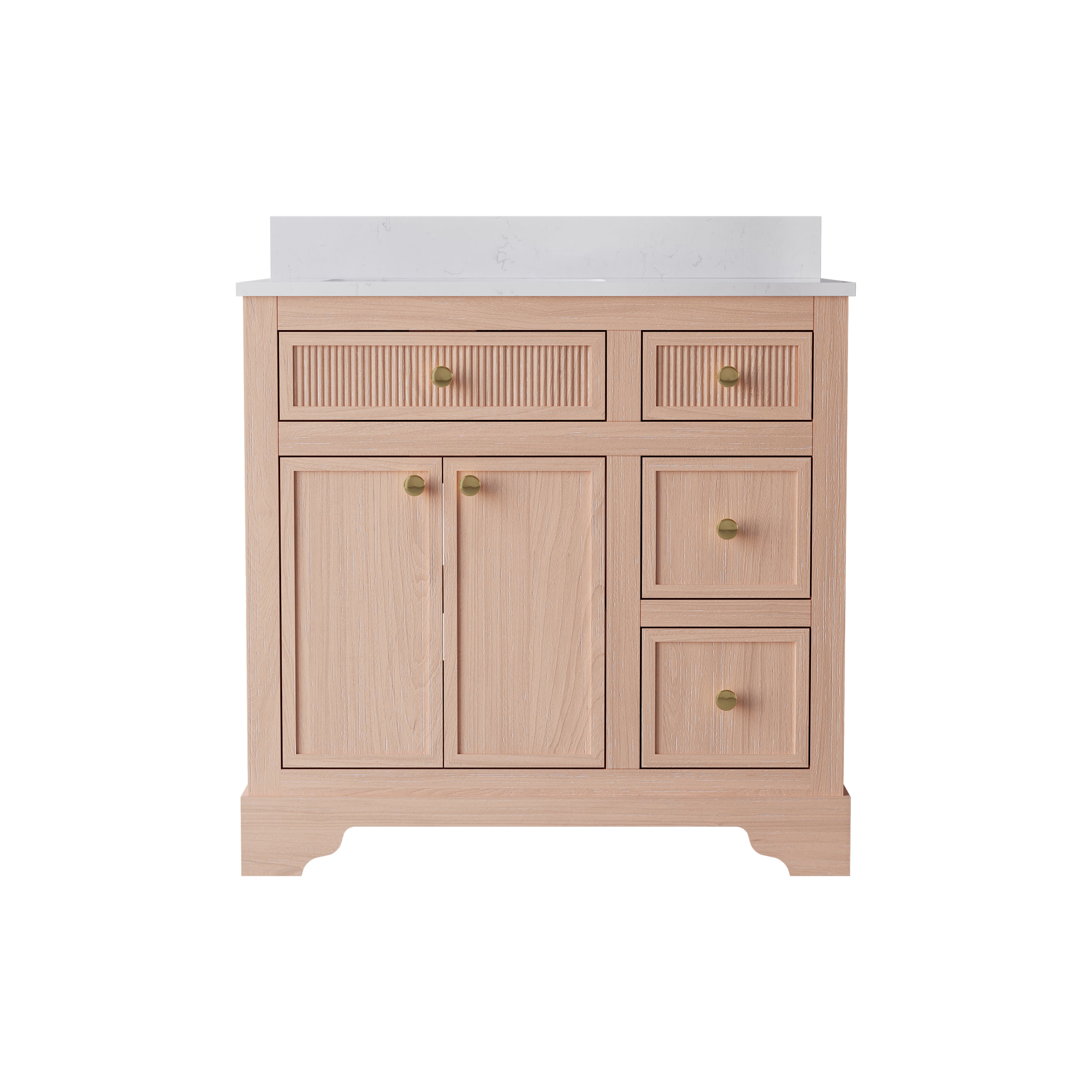
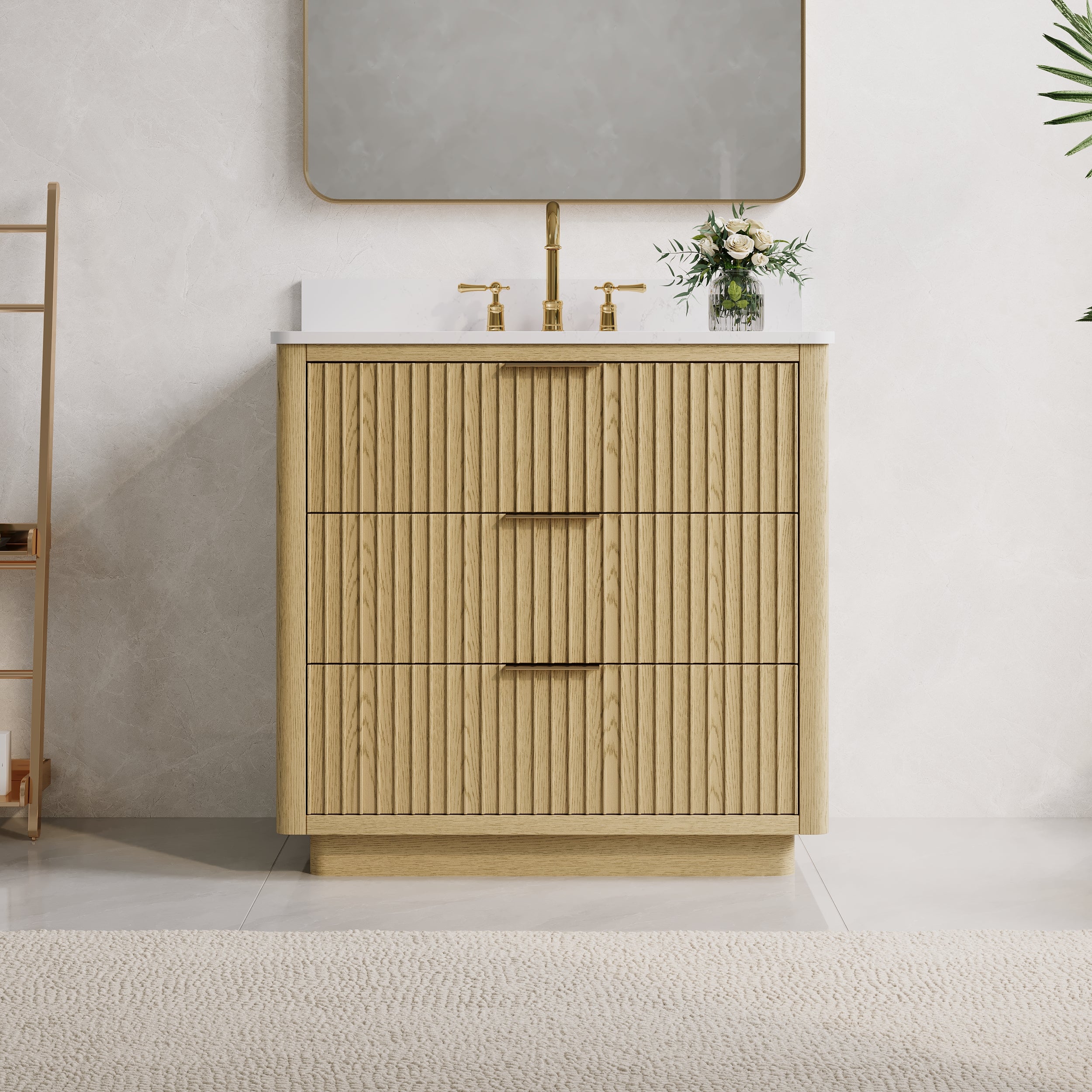
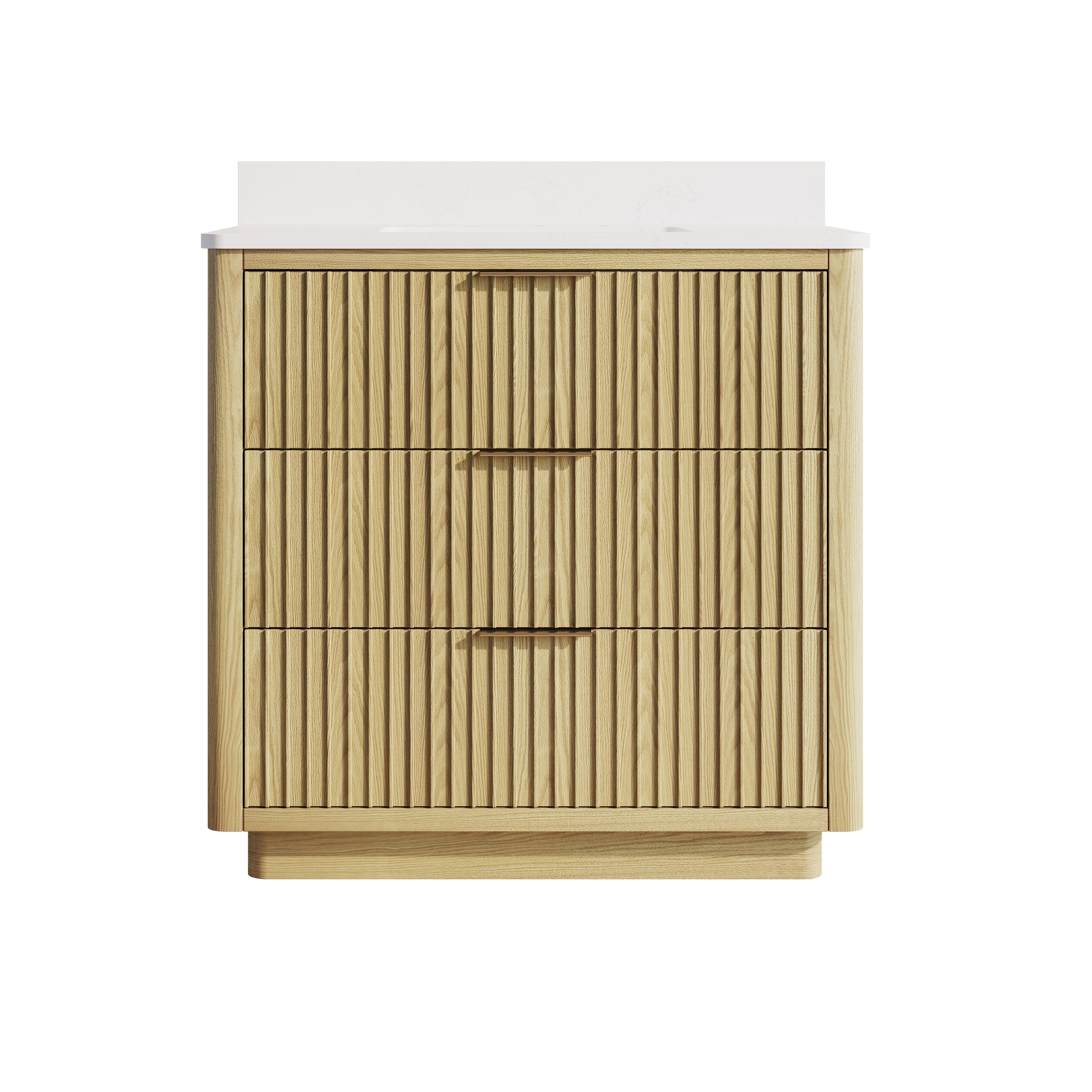
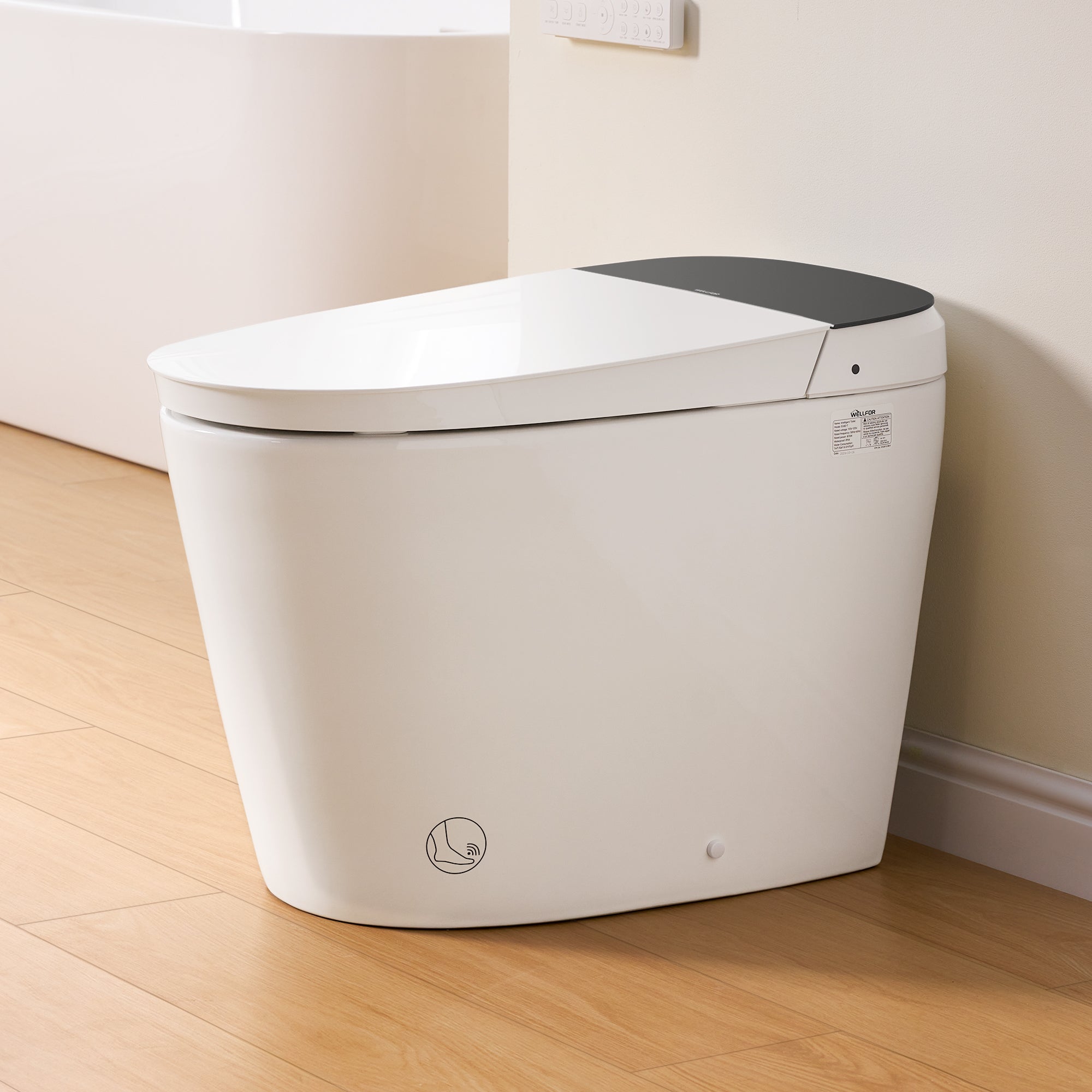
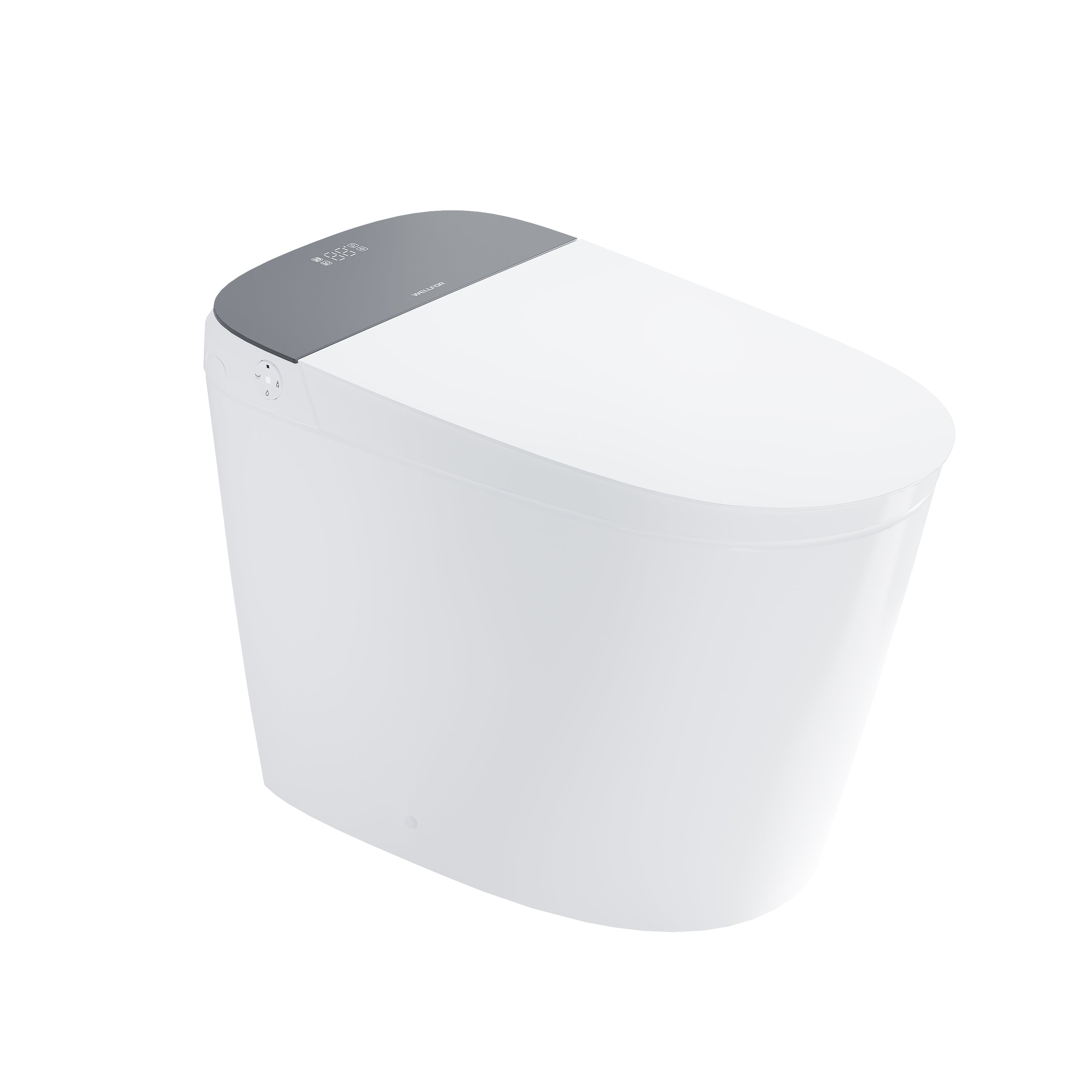
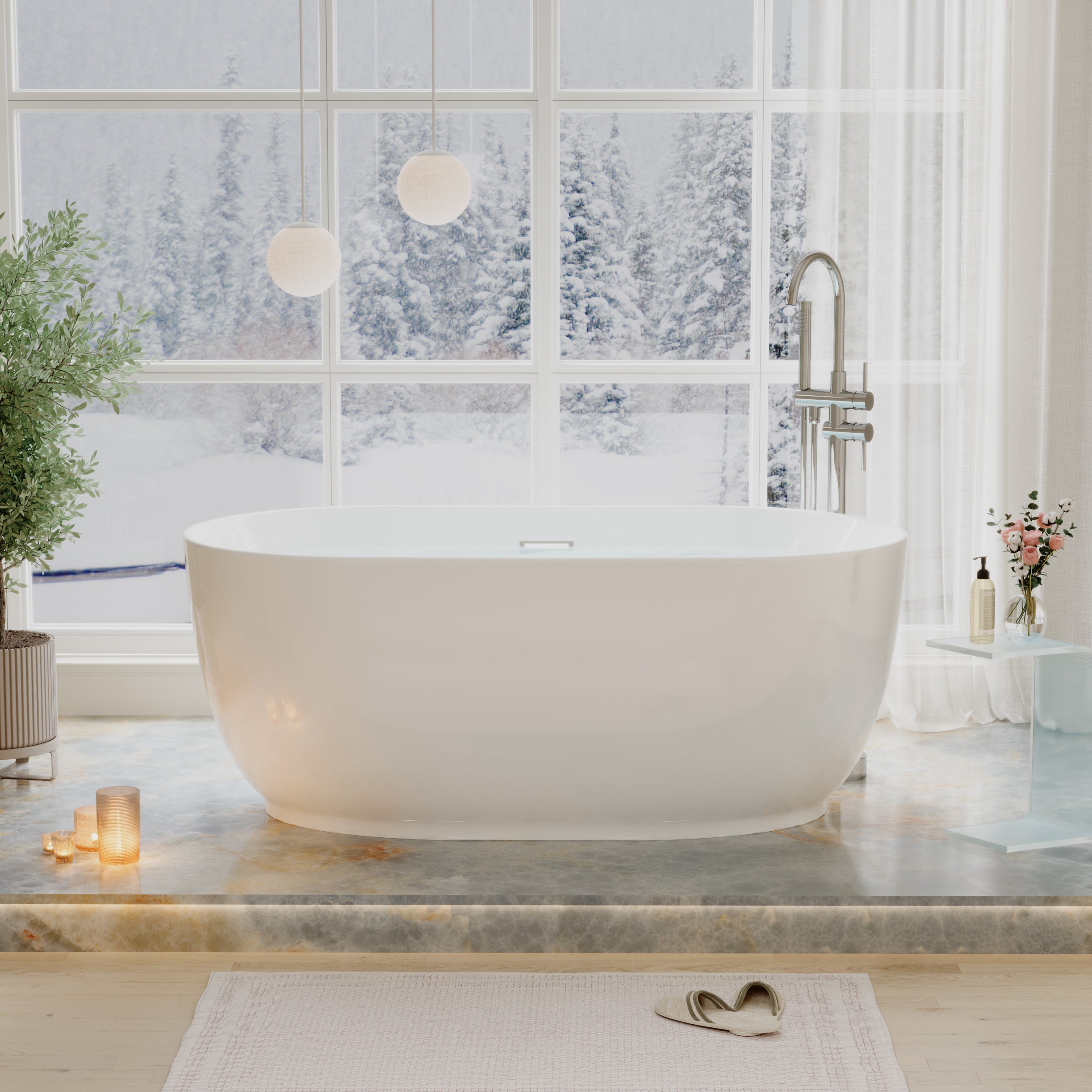
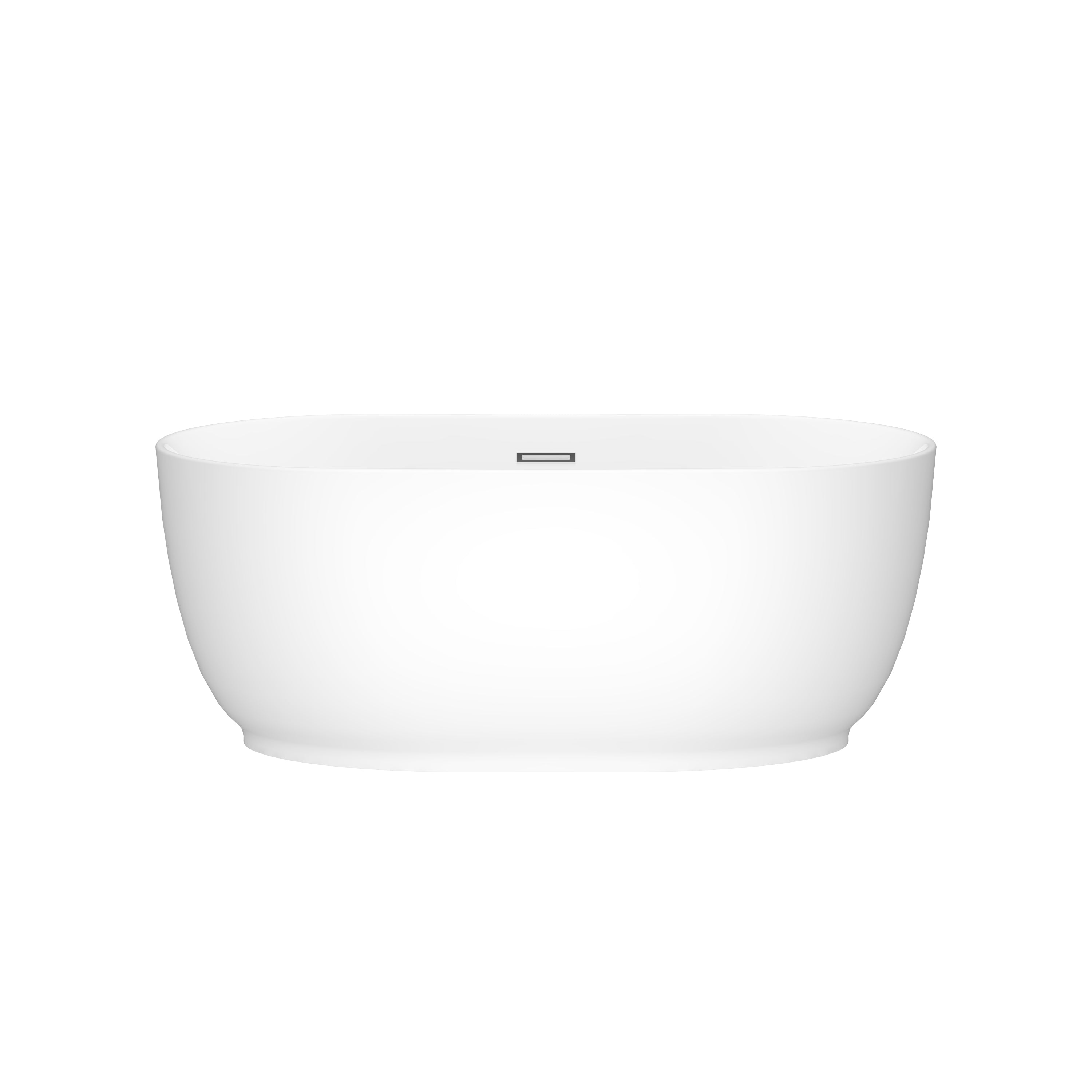
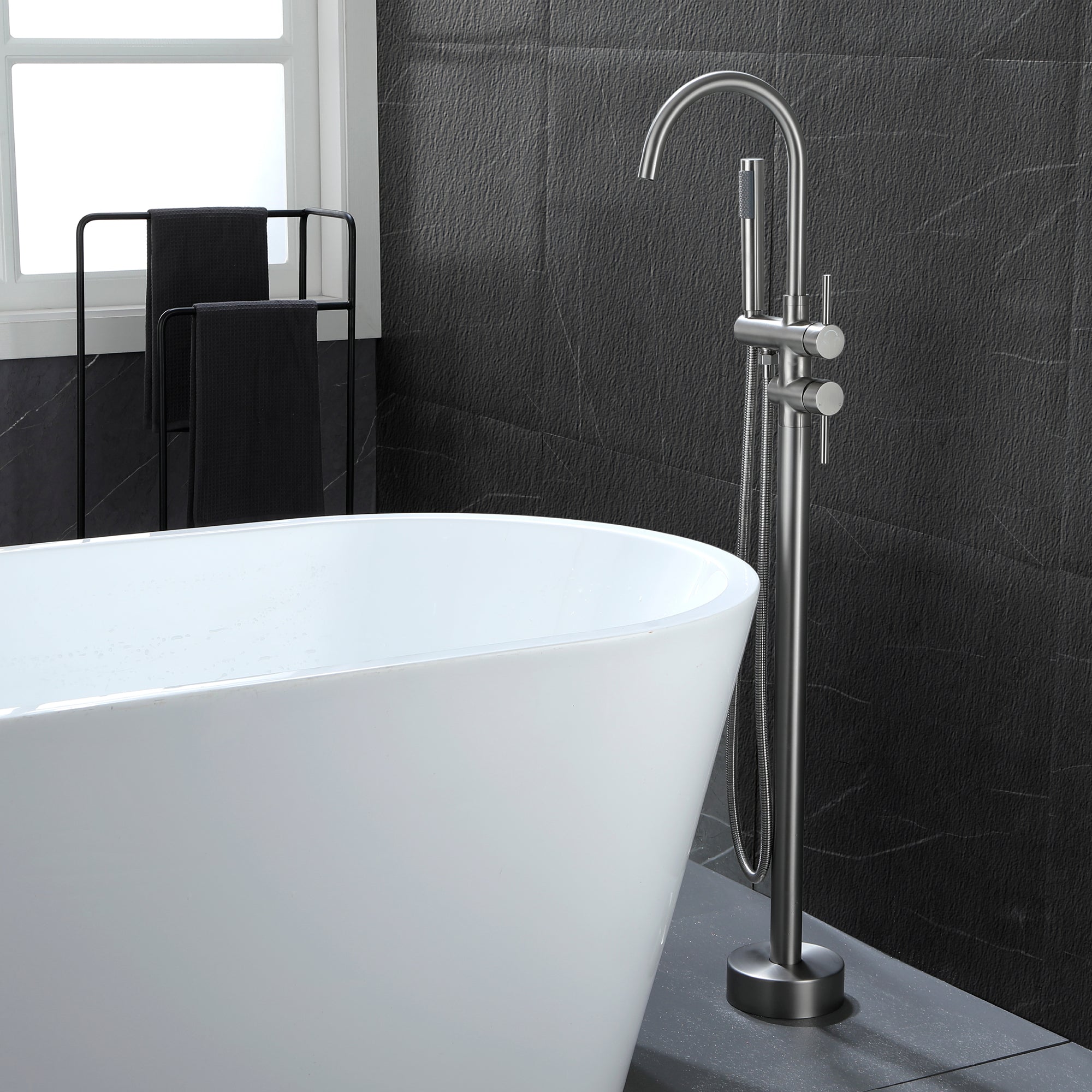

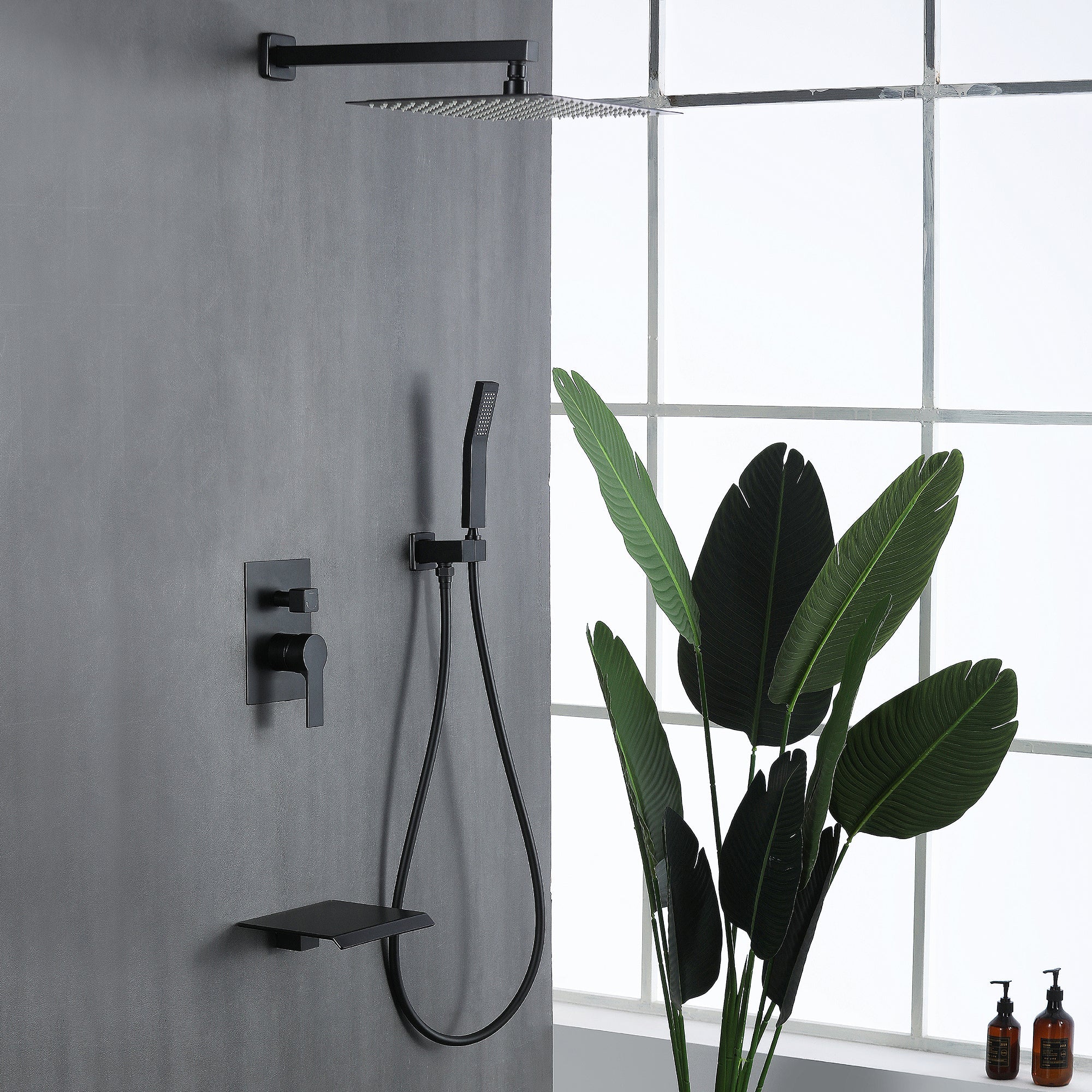
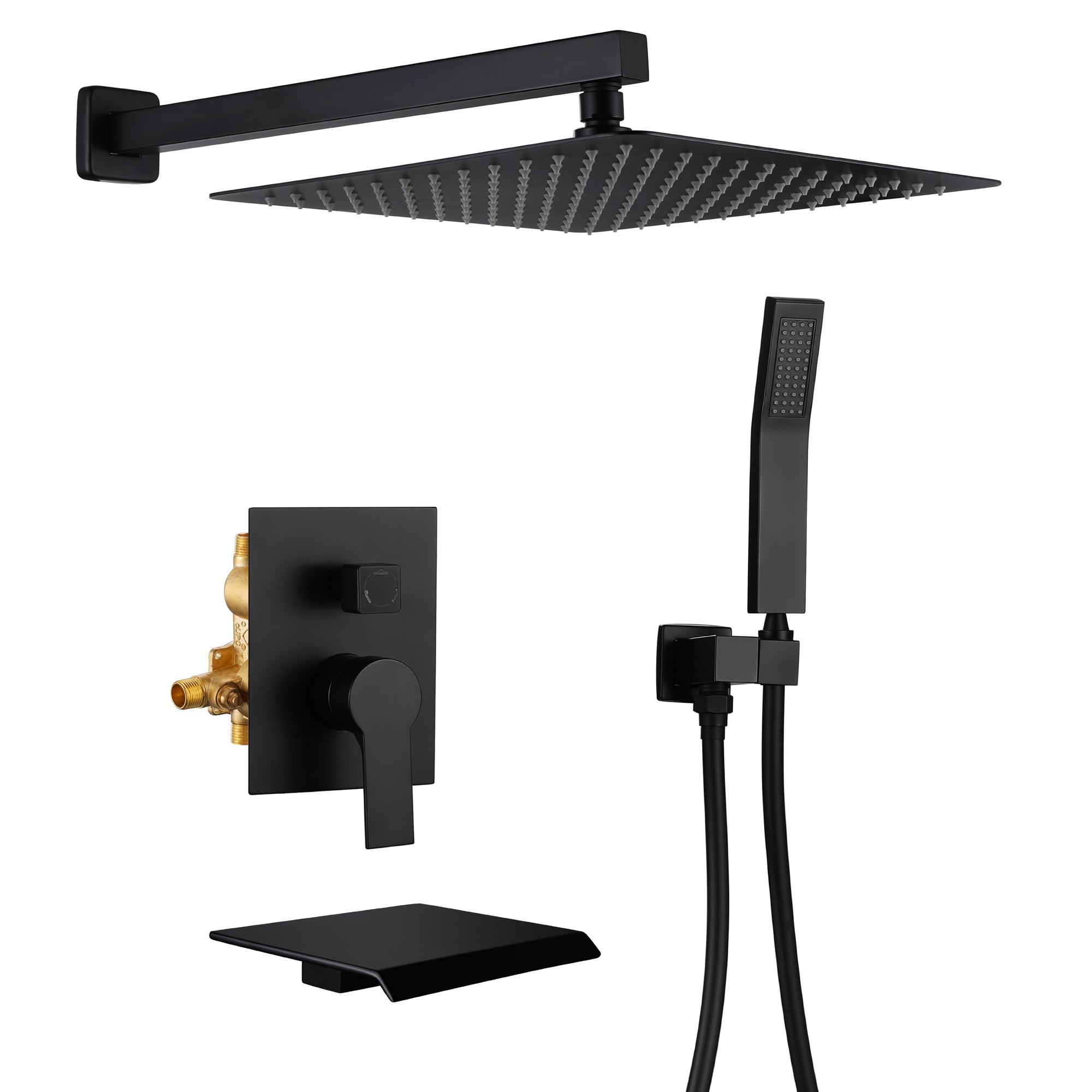
Leave a comment
This site is protected by hCaptcha and the hCaptcha Privacy Policy and Terms of Service apply.